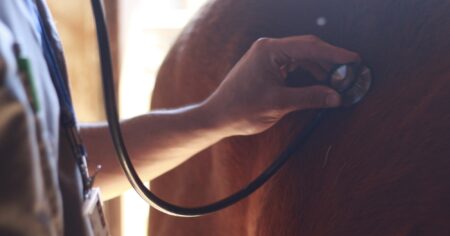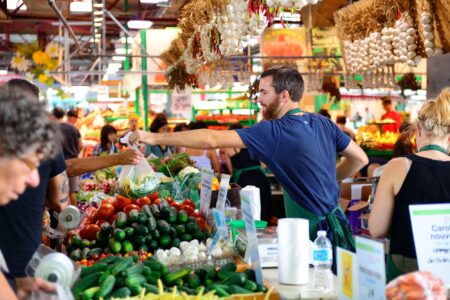Last year’s heat and drought took a toll on seed soybeans in many areas during harvest, impacting seed quality. In a year of tight margins, with dollars invested in a unit of soybean seed, it becomes ever more important to ensure as many seeds as possible will germinate and grow.
The 2024 growing season was an example of how weather throughout soybean maturation negatively impacted seed quality across most Midwest soybean seed production areas, said Ryan Dunsbergen, Syngenta soybean product manager.
“We were set up incredibly well in soybeans around the 1st of August. Things were looking really good,” he said. “Then the rains turned off in the month of August for much of the Midwest. 2024 yields were less than what people were planning on and low moisture really impacted soybean quality for this coming year for seed.”
With the 2024 crop harvested at lower than ideal seed moisture levels, as low as 8% or 9% in some cases, additional care in handling may be needed this spring. “Be gentle when moving seed,” Dunsbergen said. “Additional mechanical damage can lower your germination rates.”
Handle with Care
According to Mississippi State University, as seed moisture content decreases, the potential for seed damage increases if the seed is dropped from a given height. Additionally, bulk seed that flows through augers or falls several feet into wagons can be damaged.
“The more you handle seed that is stressed, the better chance there is for deteriorating germination even further,” said Craig Hurley, soybean lead at Beck’s Hybrids. “As you’re thinking about the strategy to get them into the planter, the fewer times they go through something and drop, the better.”
When to Make Adjustments
Dunsbergen said that for most soybean seed that’s been shipped, farmers can plant as normal. There are three situations he would make adjustments to the seeding rate. “If planting early into cool soils, I might consider increasing the seeding rate by about 5%. Another scenario is if you do receive seed that’s below 85% germination, increase seeding rate by 5%-10%,” he recommended. “Finally, for late planting (end of May or early June), I would also consider increasing seeding rates.”
According to Purdue University, to determine seeding rates, seed tags should be checked for the germination percentage and seed size for that lot of seed. Planting equipment should be adjusted for each seed lot to help provide a desired seeding rate and final stand. A general formula to help determine seeding rate is:
Desired Plant Population ÷ (Percent Germination x Percent Pure Seed x Percent Live Seed Emergence) = Seeding Rate.
Seed lots with higher germination percentages should be planted before lower percentage seed, particularly if soils are cold, Hurley said. He also recommends seed treatments, especially in more stressful situations, to make sure to protect seeds as much as possible.



:max_bytes(150000):strip_icc()/20250701_usdm-4d41a68b83a840149b13ae81020908ee.png)



:max_bytes(150000):strip_icc()/grain_soybeans-56c9da1e5f9b5879cc499f14.jpg)



:max_bytes(150000):strip_icc()/SerrNovik-GettyImages-1209733678-a631a963403b4e1abc14818d5e19a370.jpg)
:max_bytes(150000):strip_icc()/Corn-Field-Closer-Natalina-Sents-Bausch-June-17-01d9184751264484be6f80230e2f0875.jpg)